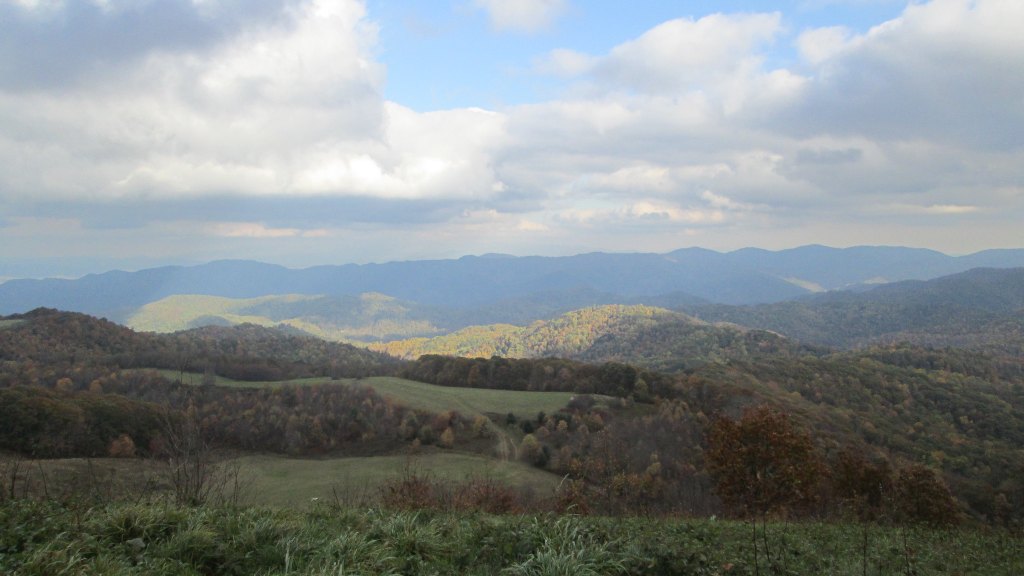The United States boasts nearly 1 million square miles of public lands—and, according to a 2015 report from the American Hiking Society, more than 235,000 miles of hiking trails snake through forests, ascend mountains, traverse prairies, hug lakes and more on state and federal lands.
But none of that happens in a vacuum. For decades, volunteers, nonprofit organizations and government agencies have teamed up to build, maintain and preserve trails. That work continues today, with crews working year-round to ensure hikers don’t encounter overgrowth, washed-out trails, invasive species and other elements that might wreak havoc on sensitive ecosystems.
So with National Trails Day coming up on June 1, 2019, there’s only one way to mark the occasion: Lace up your boots, pack the 10 essentials and hit the trail. To celebrate, we’ve rounded up 10 trails throughout the country that have benefited in recent months from trail work, whether that involves rebuilding paths after wildfires or simply pulling up weeds.
1. Snoqualmie Lake, Washington
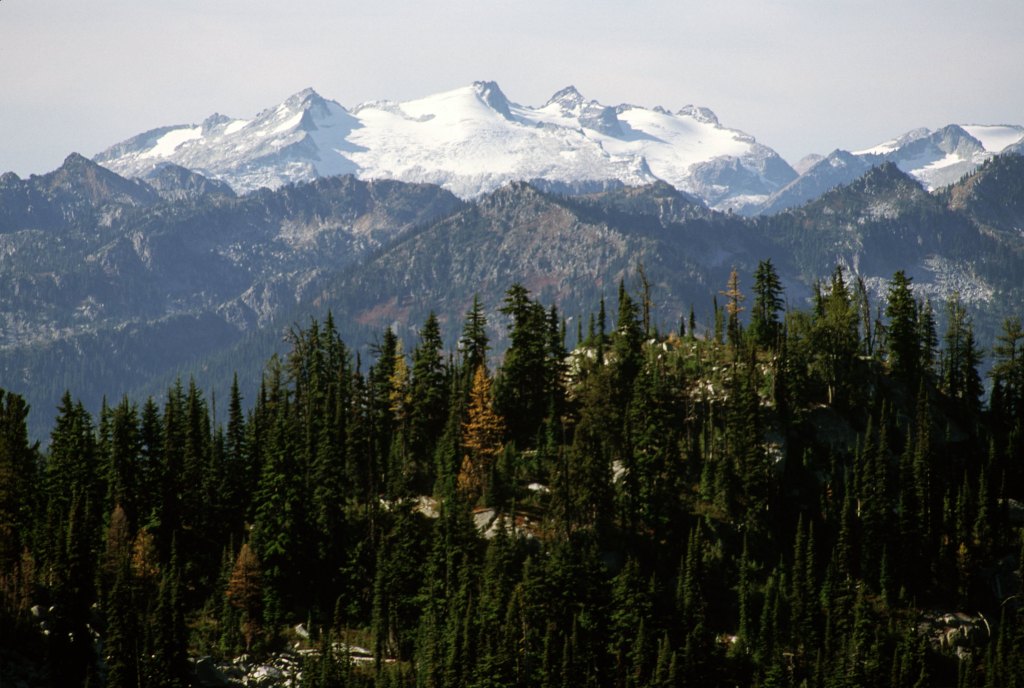
(Photo Credit: U.S. Forest Service- Pacific Northwest Region under Public Domain)
Snoqualmie Lake, nestled deep in the heart of the Snoqualmie region, is one of the jewels of the Alpine Lakes Wilderness. Untouched forests, waterfalls and the namesake lake are just a few of the region’s many highlights and attractions, and trail crews have worked for years to ensure it remains intact for the throngs of hikers who visit from nearby Seattle (and beyond) every spring and summer.
Earlier this spring, a trail crew with the Washington Trails Association spent time rebuilding the trail surface en route to the lake for easier access, improving drainage and trimming back brush that once crowded the trail. Now, hikers will enjoy all the trappings of a classic Northwest forest hike along the 18-mile, round-trip trek: views of the surrounding peaks, a thick forest of red cedar and hemlock and crystal-clear alpine lakes.
2. Angel’s Rest, Oregon
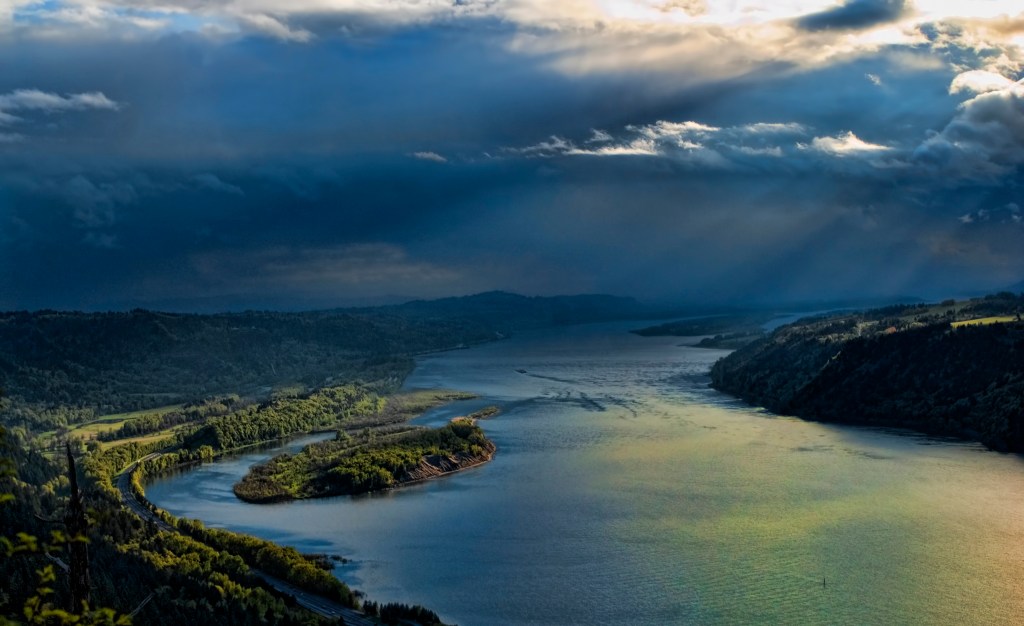
(Photo Credit: Unsettler under CC BY-ND 2.0n)
In the summer and fall of 2017, a wildfire charred nearly 50,000 acres of the scenic Columbia River Gorge, forever changing the face of one of Oregon’s most popular hiking destinations.
Nearly two years later, many trails throughout the Gorge remain closed. But in November 2018, one of the region’s most-traveled trails—Angel’s Rest—reopened to hikers. And that was all made possible by volunteers and trail workers clearing debris, installing rock walls and catching up on a backlog of maintenance that predated the wildfire.
Thanks to all that hard work, hikers can once again hike to the top of Angel’s Rest, which affords sweeping views of the Columbia River Gorge—including Hamilton Mountain, Beacon Rock, Cape Horn and other landmarks. And, along the way, hikers pass through a mixture of untouched forest and charred, toothpick-like snags. (That said, hazardous conditions remain, including loose rocks and falling trees and limbs. Take caution and contact the U.S. Forest Service to ensure the trail is open before hiking.)
3. Grand Canyon of the Yellowstone, Wyoming
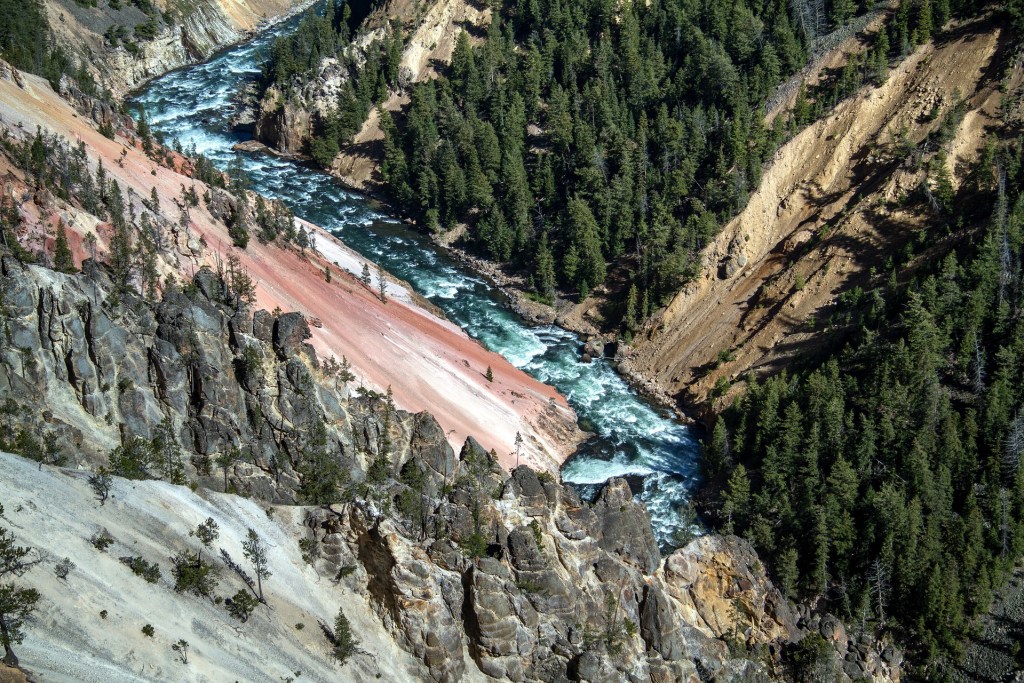
(Photo Credit: kasabubu under Pixabay License)
The 24-mile-long Grand Canyon of the Yellowstone is known for its dramatic multihued rocks and its hydrothermal features—puffs of steam emanate from the canyon’s walls. When the multi-year Canyon Overlooks and Trails Restoration Project winds down at Yellowstone National Park, you may never experience the nation’s first national park the same way again. Those efforts are already bearing fruit.
For years, construction workers and trail crews have installed numerous new overlooks, each accessible via trails along the rim of the Grand Canyon of the Yellowstone, to improve safety and update maintenance needs.
That work continues, so some trails and overlooks remain closed, but some of the park’s most-loved viewpoints and trails have reopened in recent years. One such trail is Uncle Tom’s Point; with more than 325 stairs to navigate, the hike descends from the rim of the canyon to the base of Lower Falls—a cascade of more than 300 feet. Another overlook delivers views at Inspiration Point, which boasts one of the park’s best canyon views.
4. Mount Diablo State Park, California
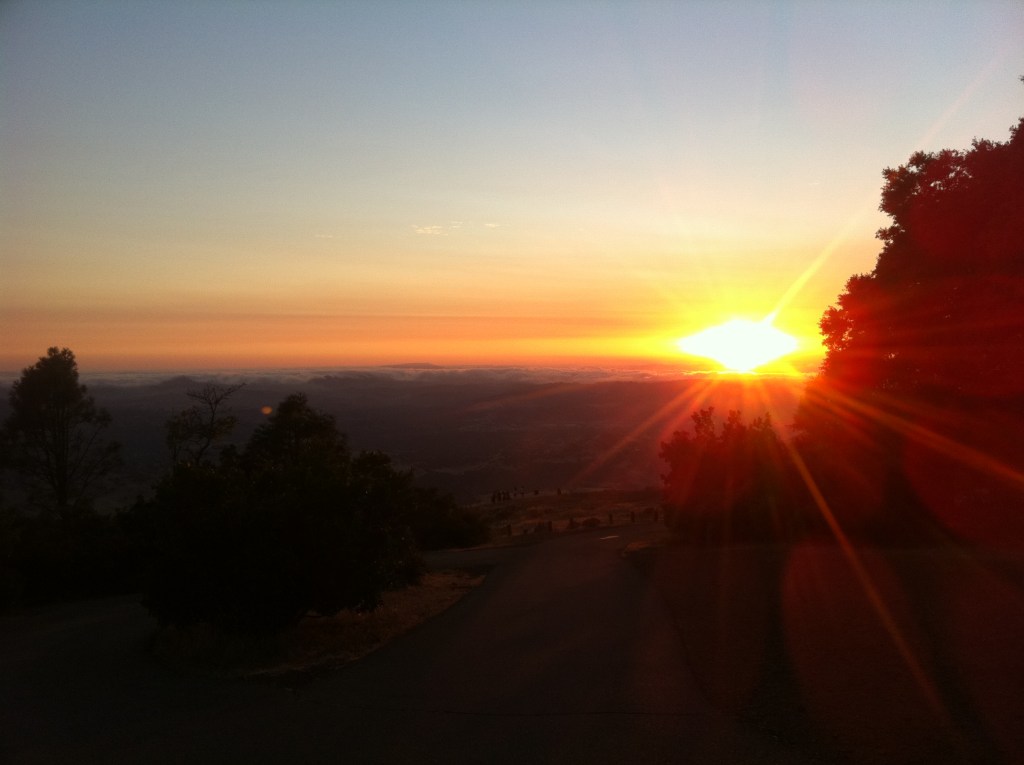
(Photo Credit: Alexi Kostibas under CC BY-SA 2.0)
Every spring, Mount Diablo State Park becomes one of California’s most popular outdoor destinations, thanks in large part to its colorful wildflower blooms. California poppies and daffodils are just some of the many varieties of wildflower that blossom throughout the nearly 20,000-acre park. Experienced hikers love the challenging Summit Trail, which traverses areas burned by the Morgan Fire in 2013, offers expansive views in seemingly every direction and showcases springtime blooms.
With so many Instagram-worthy hiking destinations, it’s only natural that multiple organizations are working to preserve that natural beauty for generations to come.
Last fall, the Mount Diablo State Park trail crew performed maintenance on the popular Wasserman Trail, filling in entrenched sections of the trail, repairing tread and pruning brush along the path. And more recently, the Volunteers for Outdoor California performed maintenance on backcountry trails within the park.
5. Max Patch Bald, North Carolina
Located in the Pisgah National Forest, Max Patch Bald is among the most popular destinations on the Appalachian Trail in North Carolina. From the summit of the 4,600-plus-foot peak mountain, hikers can enjoy seasonal wildflowers and 360-degree views of the surrounding wilderness.
Given its popularity, it’s only fitting that Max Patch Bald will receive a little TLC on National Trails Day: The Carolina Mountain Club is teaming up with the Appalachian Trail Conservancy and U.S. Forest Service to perform rehab and maintenance work on the popular trail.
6. Little Big Econ State Forest, Florida
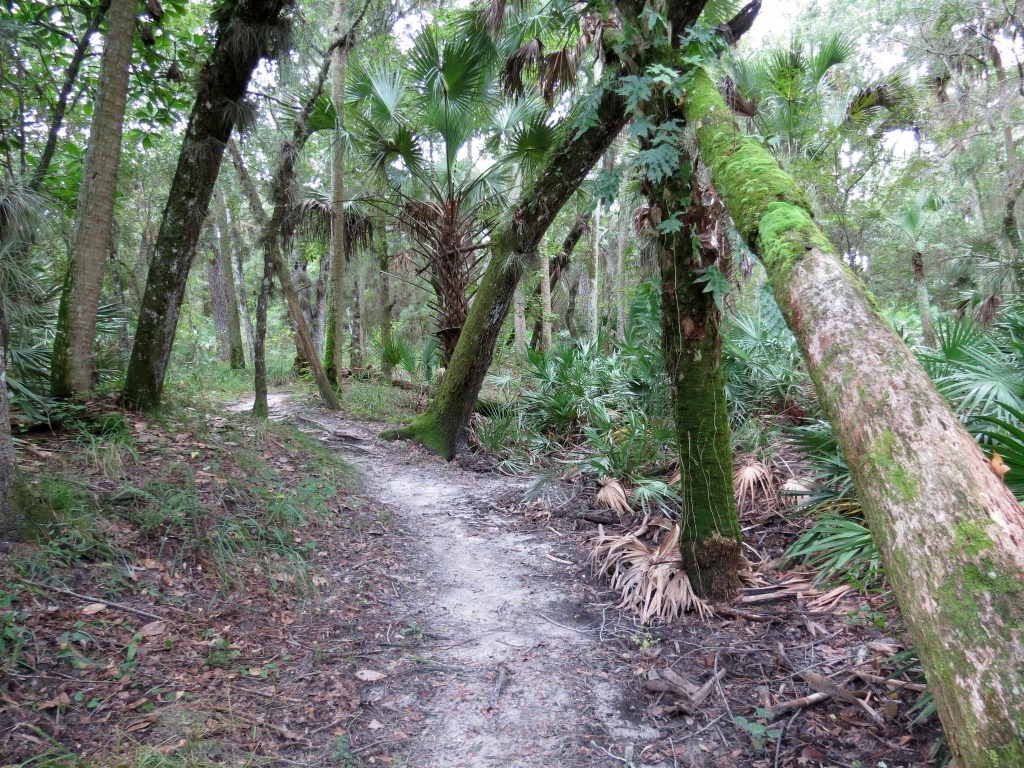
(Photo Credit: Katja Schulz under CC BY 2.0)
Established in 1994, the 10,279-acre Little Big Econ State Forest is one of the most popular outdoor recreation destinations near Orlando, thanks in part to its varied ecosystems: Cypress swamps, bluffs, tributaries and ponds are just some of the natural highlights dotting the forest. Some of the forest’s most popular trails include an 8-mile stretch of the Florida National Scenic Trail—which includes a stretch of trail between Lockwood Boulevard and the Barr Street trailhead—and the Kolokee Loop, which slices through thickets of cabbage palms, numerous tributaries, bluffs and more.
Earlier this spring, the Central Florida and Highlanders chapter of the Florida Trail Association performed maintenance work that supported the state forest’s mission to restore and maintain native ecosystems, protect plants and animals, offer outdoor recreation opportunities and more.
7. Mid State Trail, Pennsylvania
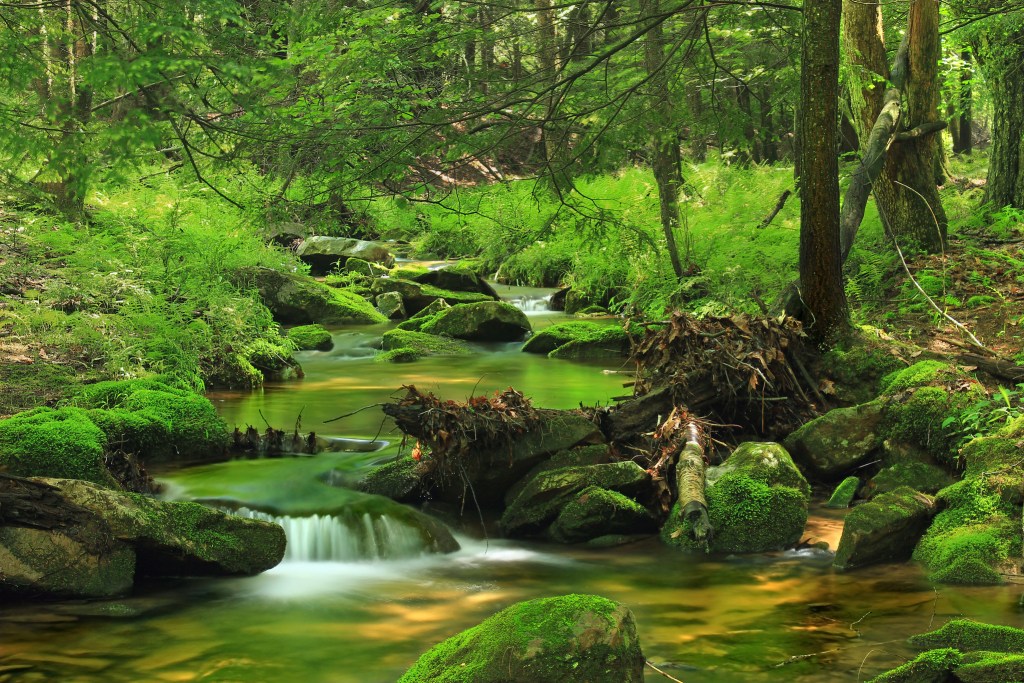
(Photo Credit: Nicholas A. Tonelli under CC BY 2.0)
At more than 325 miles long, the Mid State Trail is the longest trail in Pennsylvania, traversing some of the state’s most remote and rugged regions along the way. So it’s no surprise the state’s Department of Conservation and Natural Resources named it the 2019 Trail of the Year.
And with the path celebrating its 50th anniversary this year, there’s never been a better time to explore the Mid State Trail’s scenic knobs, wide-open ridgelines, rolling hills and wooded plateaus.
The Keystone Trails Association launched its Trail Care maintenance program in 1985 and its volunteers have become fixtures along the Mid State Trail—with four weekend efforts planned for this spring and summer alone—painting blazes, clearing away brush and performing other trail maintenance duties as needed.
8. Kennesaw Mountain, Georgia
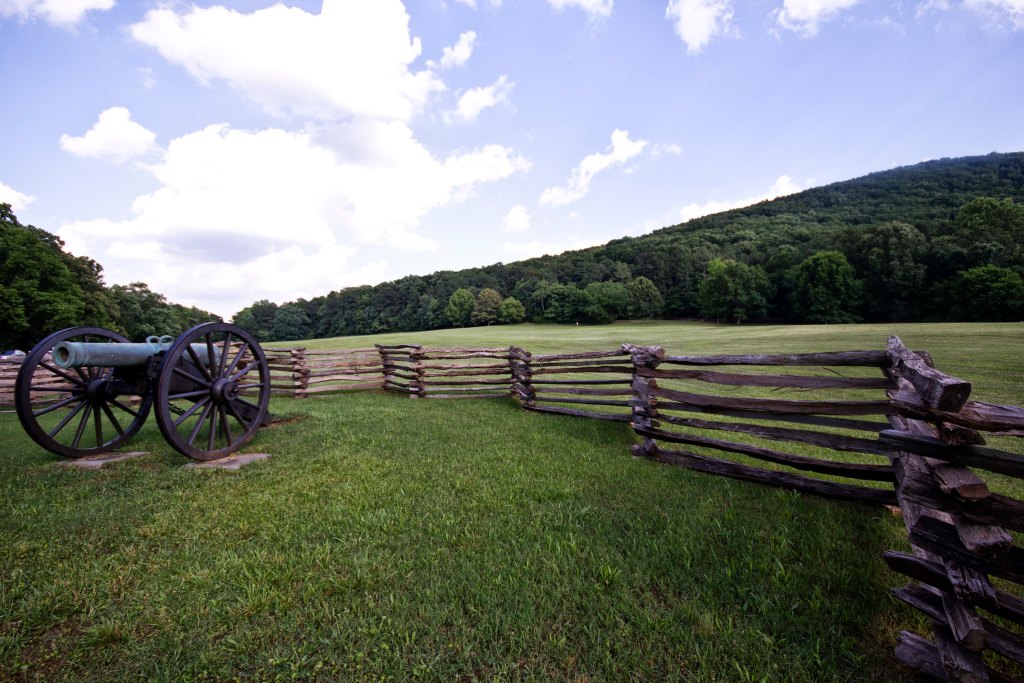
(Photo Credit: Chris Foster under CC BY-ND 2.0n)
Some 155 years ago, Union and Southern forces clashed for nearly two weeks on the Georgia battlefield memorialized today at Kennesaw Mountain National Battlefield Park. More than 150 years later, the area shares the history of that bloody battle and showcases the region’s natural beauty through numerous hiking trails.
In all, more than 20 miles of trails criss-cross the park, offering interpretive panels that explain the region’s significance in the Civil War and stunning views of the Atlanta skyline from atop Kennesaw Mountain. The 5.2-mile Kennesaw Mountain Loop, for instance, showcases views of the surrounding landscape, Civil War plaques, rock outcroppings and a descent down the occasionally (yet mildly) technical Little Kennesaw Trail.
The Kennesaw Mountain Trail Club maintains the park’s many paths; its work includes clearing brush away from pathways, restoring and rebuilding bridges, restoring trails and clearing water bars to ensure trails don’t become waterlogged.
9. Millcreek Canyon, Utah

(Photo Credit: Andrey Zharkikh under CC BY 2.0)
Just 20 minutes from downtown Salt Lake City, Millcreek Canyon is one of the region’s most popular destinations. Its various trails offer views of the surrounding Salt Lake Valley and striking Wasatch Mountains; the Pipeline Trail, in particular, is popular with hikers for its easy ascent and sweeping views of the surrounding canyon, nearby peaks and the Salt Lake Valley.
Over the years, Cottonwood Canyons Foundation has been a key part of leading the fight against invasive weeds—and one of the leading proponents of building new trails—in Millcreek Canyon. Pulling invasive weeds helps protect the region’s water supply and helps preserve the region’s delicate ecosystem.
10. Indiana Dunes National Park, Indiana

Photo Credit: National Park Service
The United States’ newest national park has plenty to offer: picturesque dunes, freshwater beaches, pine forests, prairie and several hundred species of birds (including sandhill cranes).
So it only makes sense that Indiana Dunes National Park, established as such in February 2019, would offer more than 50 miles of hiking trails and more than 30 miles of multiuse biking trails for visitors to explore it all. The Cowles Bog Trail, for instance, covers some of the park’s varied terrain and habitats. The path was designated a National Natural Landmark in 1965, owing to its remarkable plant diversity: Along the trail, hikers pass by ponds, marshes, swamps, oak savannas, sand dunes and more.
An army of volunteers makes it all possible, too. Local crews help out with several aspects of trail and park maintenance, including invasive plant identification, lopping branches, sawing fallen logs, and repairing park infrastructure to keep trails accessible.



